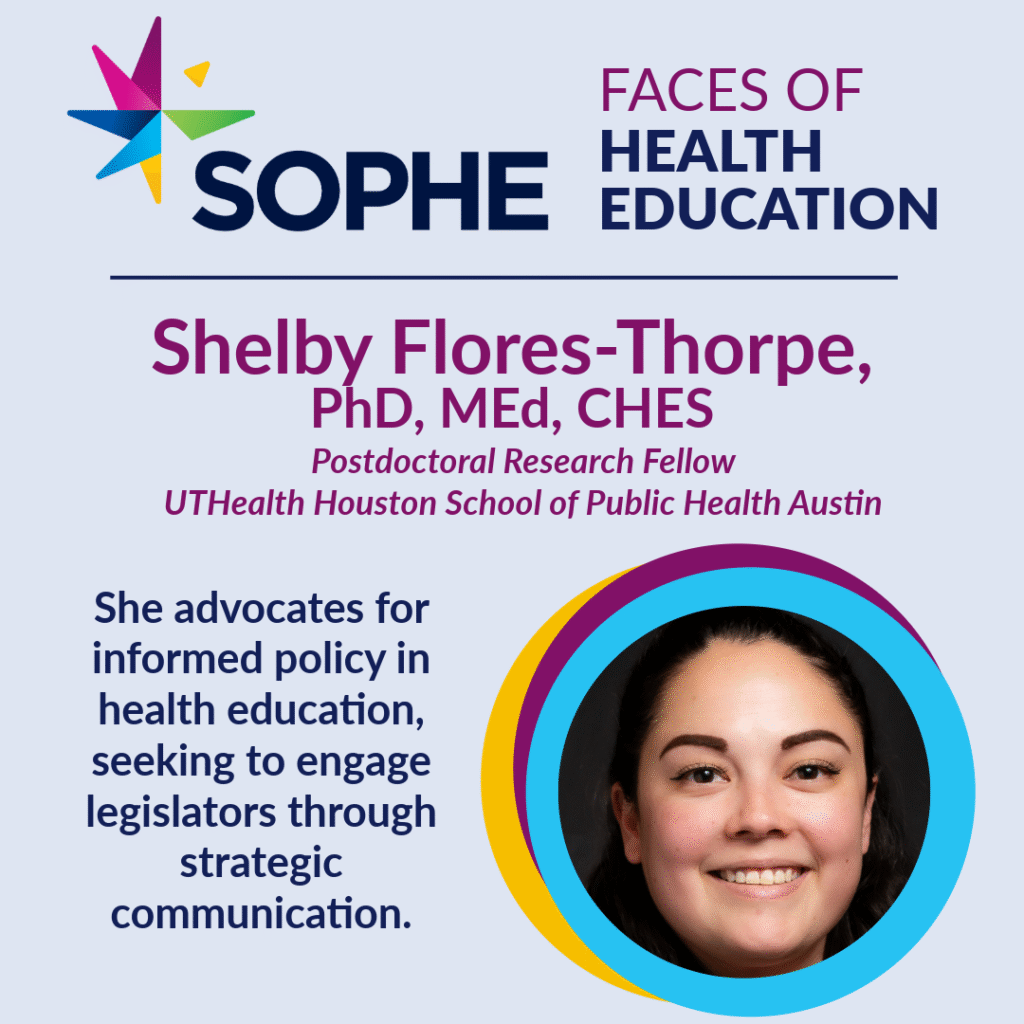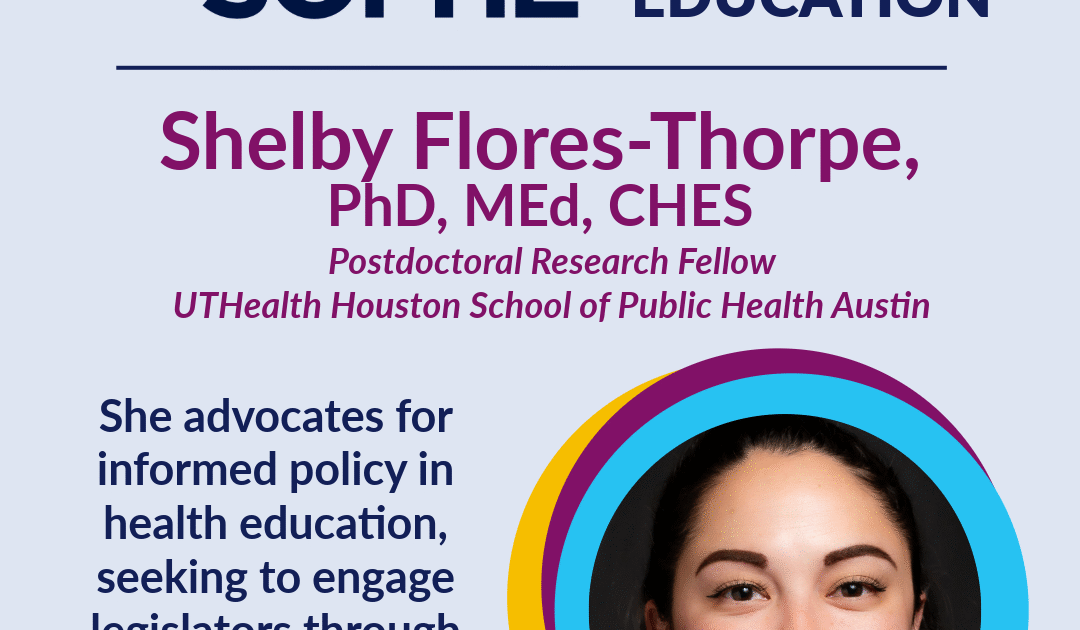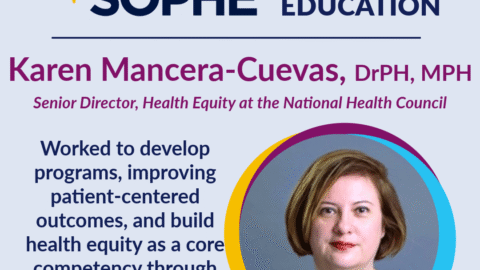
Wouldn’t it be lovely if you could present an issue you care passionately about and have your audience immediately care about it as well, pledge to work with you, to help with the resources they have? But, everyone has different priorities– different motivators for their actions, for the issues they care deeply about, whether that be upbringing, personal experience, or political alignment.

As a postdoctoral fellow who works to bring health research to state-level politicians in order to inform policy, Dr. Shelby Flores-Thorpe understands the importance of tailoring her message based on her audience.
Dr. Flores-Thorpe is passionate about the issues she addresses in her home state of Texas, particularly student health. Much of her work involves collaborating with state legislators who also care deeply about improving student well-being, and often, their priorities align. However, she notes that one of the biggest keys to her success is learning how to frame each issue around the values of the legislator she’s working with.
“The way that you might approach some politicians along the political spectrum may differ”, she explains. This starts with doing some background research: “it’s about knowing your audience, knowing what might resonate with them.”
After that, Dr. Flores-Thorpe is able to frame her issue given their priorities.
“Sometimes I’ll go in and say, ‘hey, we really need to work on child health. If we don’t keep our children healthy then we won’t have a healthy military.’ And sometimes that really.. resonates with them.”
I found this idea completely fascinating and so smart. By finding the issue that was important to the legislator, Dr. Flores-Thorpe is able to frame other important issues in their context– effectively allowing a genuine conversation to start and real work to be done.
________________________________________
This blog post was written by Josie Miller, a student at Tufts University passionate about community health, storytelling, and honoring diverse lived experiences. This piece explores how real stories don’t just inform, they create connections, expand perspectives, and help build stronger, more compassionate communities.



